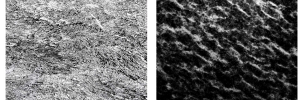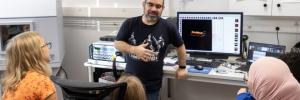3 IFPEN microscopes open to the CLYM community
IFP Energies Nouvelles is making 3 of its microscopes partially available to the CLYM community:
- a JEOL JEM-2100F microscope with HR pole piece, STEM and EDS;
- a JEOL JEM F200 microscope with cold cathode, HR pole piece, STEM, GIF EELS;
- several specimen holders, including an atmospheric heating/transfer specimen holder and an electrochemical liquid in situ specimen holder;
- a LIBS (Laser-induced breakdown spectroscopy) for chemical mapping of elements with atmospheric sampling and ppm sensitivity.










